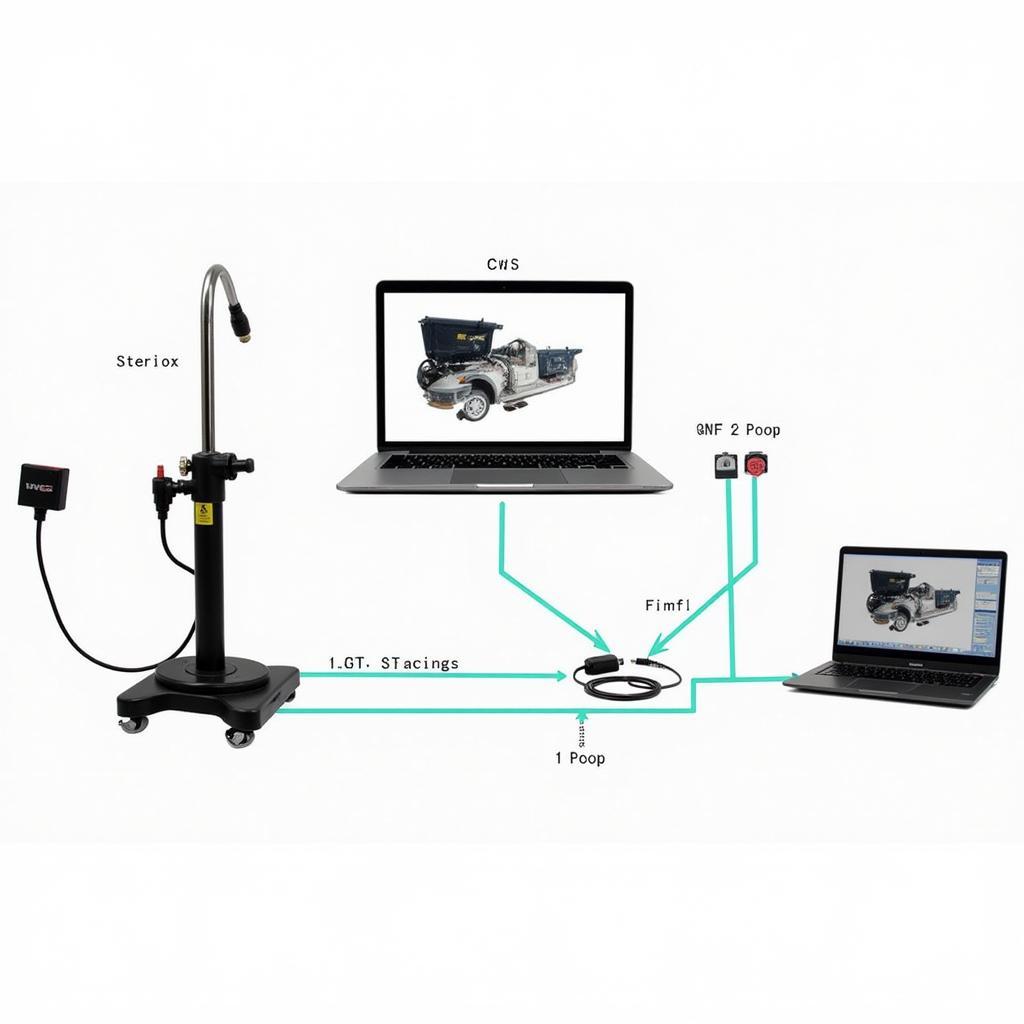Your cart is currently empty!

Mastering VCDS Steering Automatic Adjustments
VCDS steering automatic adjustments can seem daunting, but with the right knowledge, they become manageable. This article provides a comprehensive guide to understanding and performing these adjustments, empowering both car owners and professional technicians.
 VCDS Steering Automatic Adjustment Tools
VCDS Steering Automatic Adjustment Tools
Understanding how VCDS (VAG-COM Diagnostic System) interacts with your car’s steering system is crucial for accurate diagnostics and adjustments. This software allows you to communicate directly with your vehicle’s control modules, including the steering module responsible for automatic adjustments. These adjustments are typically related to features like lane assist, parking assist, and adaptive cruise control, which rely on precise steering angle information. Do you remember the last time your lane assist felt a bit off? A VCDS steering automatic adjustment might be the solution. If you’re considering coding changes on your SEAT Ibiza, you might find our VCDS Seat Ibiza 6J guide helpful.
Why VCDS Steering Automatic Adjustments Are Important
Incorrect steering angle information can lead to various issues, from annoying warning lights to potentially hazardous malfunctions of driver-assistance systems. Imagine your lane assist suddenly activating while you’re driving straight. This could be caused by a misaligned steering angle sensor. VCDS allows you to calibrate these sensors and restore proper functionality. Furthermore, after mechanical work on the steering system, like replacing a steering rack or tie rod, VCDS steering automatic adjustments are necessary to recalibrate the system.
 VCDS Steering Automatic Adjustment Process
VCDS Steering Automatic Adjustment Process
Performing a VCDS Steering Automatic Adjustment: A Step-by-Step Guide
- Connect the VCDS interface: Plug the VCDS cable into your car’s OBD-II port and connect the other end to your laptop.
- Launch the VCDS software: Open the VCDS software on your laptop and select the correct vehicle model.
- Access the Steering Module: Navigate to the steering module within the VCDS software. This is usually labeled as “Address 44 – Steering Assist”.
- Basic Settings: Enter the “Basic Settings” function.
- Steering Angle Sensor Calibration: Follow the on-screen prompts to perform the steering angle sensor calibration. This usually involves turning the steering wheel to specific positions.
- Save and Exit: Once the calibration is complete, save the changes and exit the VCDS software.
It’s worth exploring further VCDS program options to understand the full potential of this powerful tool.
Troubleshooting Common Issues During VCDS Steering Automatic Adjustments
Sometimes, you might encounter issues during the adjustment process. One common problem is the inability to access the steering module. This can be caused by a faulty VCDS cable or an incorrect vehicle selection. Another issue is the calibration failing to complete. This could indicate a problem with the steering angle sensor itself.
Expert Insights on VCDS Steering Automatic Adjustments
“VCDS is an invaluable tool for any serious automotive technician,” says John Miller, a veteran automotive diagnostician. “It allows you to access and adjust complex systems like the steering system with precision.”
“Proper steering angle calibration is essential for the safe and reliable operation of advanced driver-assistance systems,” adds Sarah Chen, an automotive engineer. “VCDS provides the means to ensure these systems function as intended.” For MK6 GTI owners wondering about the value of VCDS, our MK6 GTI VCDS Worth It article provides valuable insights. Furthermore, if you are a Skoda Karoq owner, you can find useful information on our Skoda Karoq VCDS Coding page. And if you’re looking to add radar cruise control to your MK7 Golf, our MK7 Gold VCDS Add Radar Cruise Control guide is a must-read.
Conclusion
VCDS steering automatic adjustments are critical for maintaining the proper function of modern vehicle steering systems. Understanding the process and potential issues can empower you to diagnose and fix problems effectively, ensuring a safe and enjoyable driving experience. Remember, accurate steering angle information is crucial for the safety and performance of your vehicle. If you have any questions or need assistance with VCDS adjustments, don’t hesitate to contact us at +1 (641) 206-8880 and our email address: vcdstool@gmail.com or visit our office at 6719 W 70th Ave, Arvada, CO 80003, USA. You can also find more information on our website, vcdstool.com.
by
Tags:
Leave a Reply